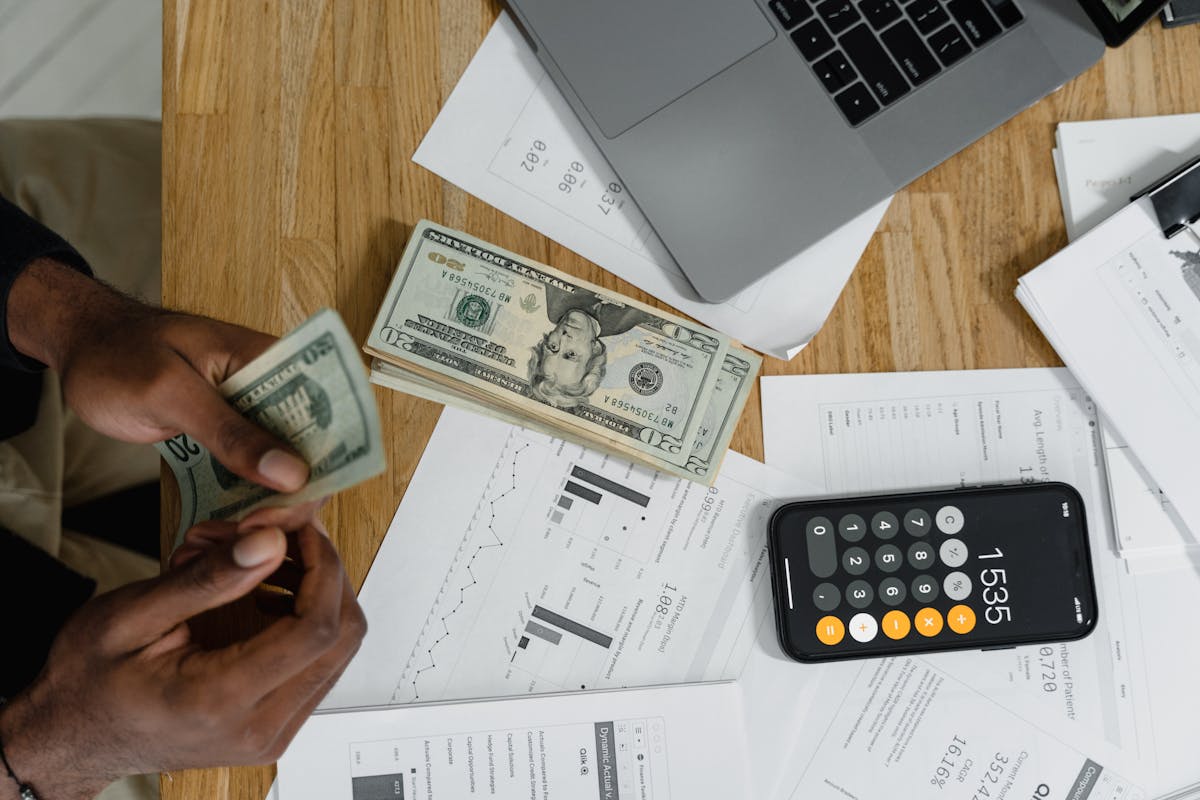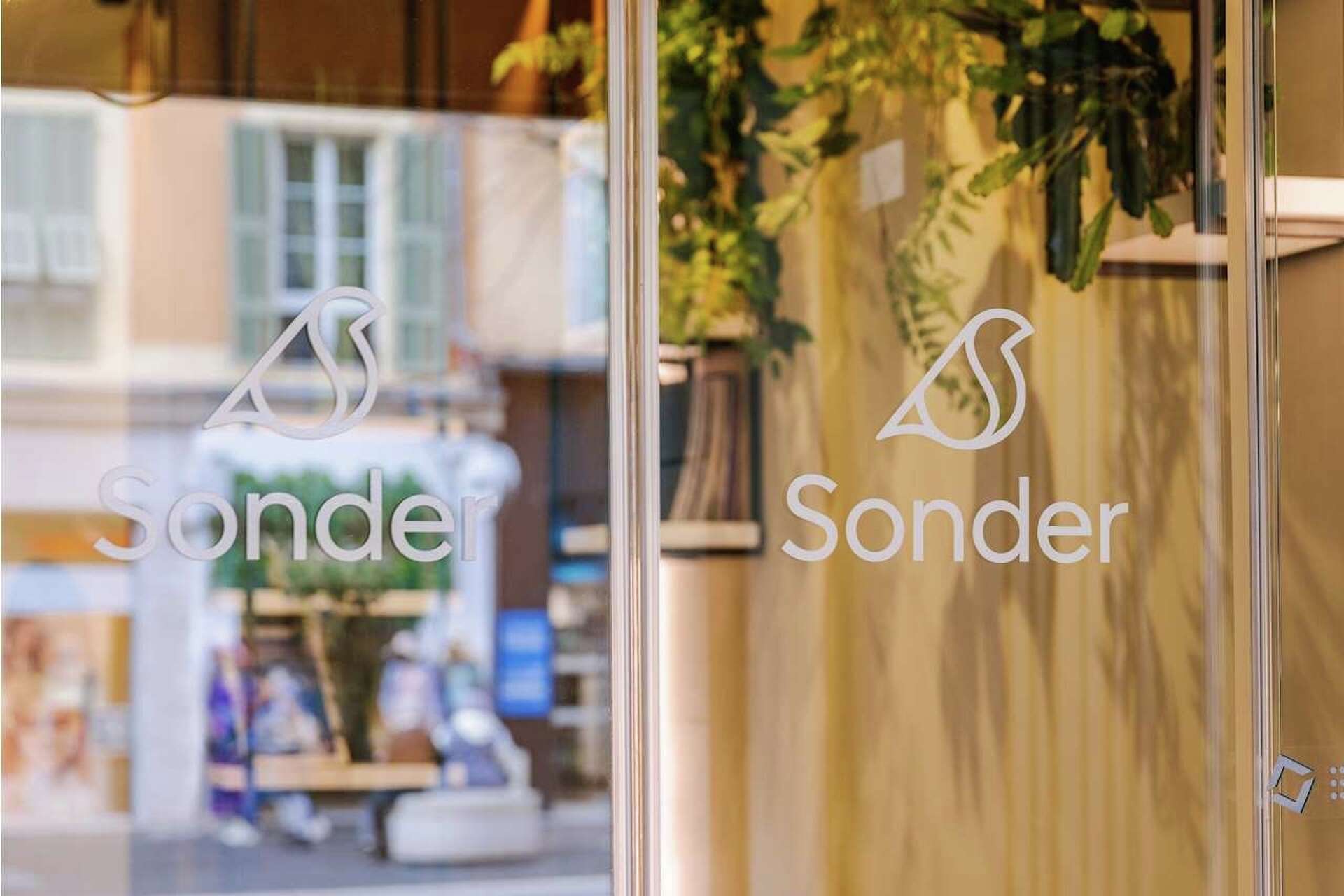In recent times, American consumers have encountered a variety of financial pressures that have significantly impacted their purchasing behaviors and overall economic sentiment. These pressures arise from a combination of factors, including rising inflation, fluctuating wages, and shifts in consumer confidence, all of which contribute to a complex economic landscape.
One of the most pressing concerns for many households is the increase in living costs. As prices for essential goods and services continue to climb, consumers find themselves allocating a larger portion of their budgets to basic necessities. This situation has led to a noticeable change in spending habits, with many individuals prioritizing essential items over discretionary purchases. The implications for various sectors of the economy are profound, as businesses must adapt to these evolving consumer priorities.
Inflation has become a key topic in conversations about the state of the economy. Its impacts are evident in various sectors, including food, housing, transportation, and healthcare. With increasing inflation rates, the value of money decreases, compelling consumers to face tough decisions. This financial pressure has resulted in growing concern among individuals as they confront the facts of their economic circumstances.
Compounding these challenges, wage growth has not kept pace with inflation for a significant portion of the workforce. While some sectors have seen increases in pay, many workers find their earnings stagnant or insufficient to cover rising costs. This disparity creates a sense of frustration and uncertainty, as individuals work harder but see little improvement in their financial situations.
Consumer confidence plays a vital role in the economic story. When people feel secure about their financial position, they are more inclined to spend, which subsequently stimulates economic growth. On the other hand, during times of uncertainty, spending generally decreases. Recent studies show that many Americans are feeling less hopeful about their financial prospects, which may result in lower consumer spending and a slower economic rebound.
As consumers navigate this challenging environment, many are seeking ways to stretch their dollars further. This has resulted in a rise in popularity for discount retailers and second-hand shopping, as individuals look for more affordable options. The shift in consumer behavior highlights the resilience of American households as they adapt to changing economic circumstances.
In conclusion, the challenges encountered by American consumers are complex and closely connected. Growing inflation, unchanging salaries, and falling consumer confidence all significantly affect the current economic situation. As families adjust to these issues, their buying habits might keep changing, impacting the wider economy as a result. Comprehending these aspects is crucial for both businesses and policymakers as they attempt to manage the intricacies of the modern economic scene.






